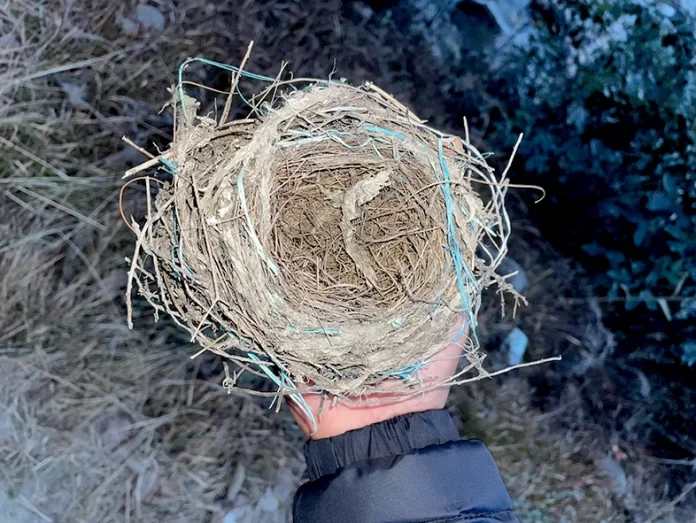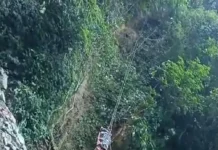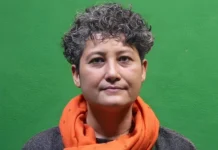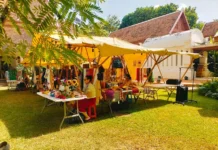[ Prem Chetry ]
BOMDILA, 16 Mar: A shocking discovery was made in Chug valley in West Kameng district, where an abandoned bird’s nest partially built with plastic materials was found.
This unsettling revelation highlights the extent to which plastic pollution has permeated the environment, posing a significant threat to the wellbeing of birds.
“As we grapple with the far-reaching consequences of plastic waste, it is imperative that we take immediate action to mitigate its effects on our ecosystem. The future of our planet’s biodiversity depends on it,” said bird enthusiasts, environmentalists, and nature enthusiasts.
Rinchin Dorjee, a passionate bird enthusiast, during a bird watching session was shocked to discover the abandoned nest, which was partially built with plastic materials. It shows how plastic is severely affecting the birds’ life, raising questions like, has plastic now become part and parcel of birds’ life?
“It is not just because of plastic, since with urbanisation and human habitations, the preferred natural materials are vanishing, compelling birds to gather whatever they can find for nesting,” said a bird enthusiast, cautioning that in the long run there can be a severe impact on the birds’ ecosystem.
ZSI senior researcher Ritam Dutta said, “Plastic pollution has emerged as a global environmental crisis, with its pervasive presence and detrimental effects on numerous species well-documented.”
He said that scientific evidence highlights the incorporation of plastic materials into bird nests, raising concerns about its ecological implications. However, despite extensive reports of plastic entanglement and ingestion by birds, research on the prevalence and consequences of plastic use in nest construction remains limited, particularly for freshwater and terrestrial species.
The inclusion of plastic as nesting materials can have both direct and indirect effects on avian populations. Lopes et al (2024) detected five potentially toxic organic pigments in polyethylene fibres used by crested oropendolas (Psarocolius decumanus), with unknown long-term impacts on adult birds and their offspring. Similarly, the use of cigarette butts by the house sparrow (Passer domesticus) to make nests has been linked to genotoxic damage (Suarez-Rodríguez et al, 2017).
Additionally, plastic may alter nest microclimates, increasing internal temperatures and potentially causing thermal stress for nestlings (Veríssimo et al, 2024).
These findings underscore the urgent need for further research to understand the multifaceted impacts of plastic pollution on avian nesting ecology, and for developingeffective conservation strategies.




